As an interpreter at an archeological park, I have my work cut out for me. I do not have the geology or the beauty of Lake Ouachita, nor do I have Mt. Magazine’s View to draw visitors to my door. What I do have, is a fabulous resource- an incomparable resource- that never ceases to amaze and astound me. But, admittedly, it is a resource that only a fraction of a percent of people know and care about.
Parkin Archeological State Park is the location where, in 1541, Hernando de Soto held the first Catholic mass west of the Mississippi. We are the home of Casqui- the toughest, most feared chief of his time and the chief that de Soto himself mentions about above all others encountered on his 4 year hike though the American southeast. Pretty cool, huh? Yeah, maybe if you’re an archeologist or a park interpreter with a few anthropology courses under her belt.
Then there’s everybody else. I have to work pretty hard to make people interested in this resource. They are people who are, if truth be told, truly on their way somewhere else but thought this might be a great place to stop and stretch their legs. I cannot tell you how many people see the “Archeological park” sign on I-40 and exit because they think we’ve got dinosaurs. When a 9 year old boy thinks he is coming inside to see t-rex only to find that what I have is pottery… that is supreme disappointment. But what an interpretive opportunity!
Here at Parkin, we have an entire collection of Spanish conquistador clothing, armor and weapons. When kids dress like a conquistador, they forget they wanted to see dinosaurs at all. They put on that helmet and pow! Instantly, they assume the Conquistador pose (you know the one- with one boot clad foot on the mound, hands on hips, hair blowing in the breeze underneath their helmet- don’t act like you’ve never struck this pose before) and from there, they are hooked on Parkin. Add the conquistador gear to the collection of replica Native American spears, arrows, and atl atls, and we are the coolest thing kids of any age have seen in a while.
We do have other types of visitors besides the interstate exit crowd- visitors who actually know we are about Indian mounds, but are under the impression that they can dig here. That is another interpretive opportunity completely. You see, what we have is a finite resource- they just aren’t making Indian mounds anymore. We cannot let you dig in our mound and expect to have anything left for people to see next week. What we try and do, diplomatically, firmly, yet with a smile on our face, is tell them about the Federal laws which prohibit such activities and then hand them a Park Informational Brochure about the digging opportunities at Crater of Diamonds State Park.
Then there are the immutable types of visitors. The rockhounds. The Aztec enthusiasts. The people who want to establish a connection between our site, the pyramids of Egypt, and possibly even aliens. These guys are hard sells. I had a man last week who was disappointed that we did not have more arrowheads on display. I tried to explain to him that our pottery in the museum is world renowned, and that is what we choose to focus on. He just would not let it go. “Well, Cahokia has points everywhere,” he said. I tried explaining for 20 minutes that I had visited Cahokia and that I was surprised by their lack of pottery on display (with the exception of pieces that were credited as coming from Arkansas) but this did not seem to phase him. Education did not work with this guy. He was disinterested in de Soto. He could care less about headpots. He told me he wanted to come back, and fully expected us to “make our museum just like everybody else’s.” Well, in the end all I could wonder was if the Interpreters at the Grand Canyon have problems with people wanting a beach. Probably not.
I do welcome the challenge of educating people like him, and the beauty of the job is that very next person to walk in the door could be a visitor like me. The “one half of one percent” visitors who love de Soto, are familiar with his trek through Arkansas, and who are yearning for me to tell them more. I love to share the stories de Soto left with us- how Parkin’s Chief Casqui was the most feared chief in Arkansas, and how rich the culture was here in Arkansas. I love to show our artifacts and leave people pleasantly surprised about our Arkansas history and heritage.
In short, we get all kinds of visitors here. I like the people who dress like de Soto. I look for the chance to educate potential collectors about NAGPRA legislation (Native American Graves Protection and Repatriation Act) and why it’s important. I even relish the opportunity to hear an interesting new twist on the Stargate series and how it applies to Parkin. But as for the man who wants us to make out museum just like everybody else’s… there’s an old adage that gets me through those experiences with sanity and a smile. “Never try and teach a pig to sing- it wastes your time and just annoys the pig.”
(Note to reader: Ms. Parker in no way is relating visitors to pigs, though she thinks pigs are wonderful and admirable animals. The adage was meant to be a funny tagline to an exhaustive experience she recently had with a visitor.)
~Mary Anne Parker has been with Arkansas State Parks since 2005, and as Interpreter at Parkin Archeological State Park since 2006. Mary Anne’s primary focus at Parkin has been on the African American Experience in the Delta, and she is extremely proud of the growth in community support the park has experienced with the renovation and opening of the Northern Ohio School in 2006. Her other interests and activities include running the Parker Homestead, which she owns and operated with her husband and his parents, and writing grants to further educational opportunities for students attending Arkansas Delta public schools.



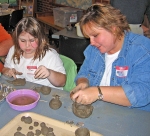




 Posted by Arkansas State Parks
Posted by Arkansas State Parks 


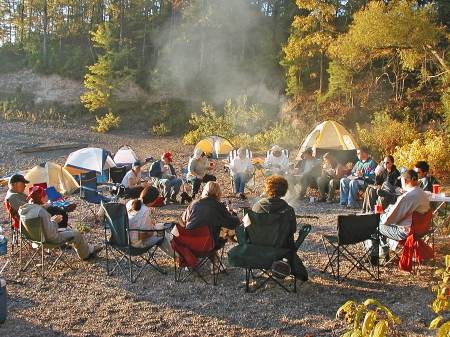



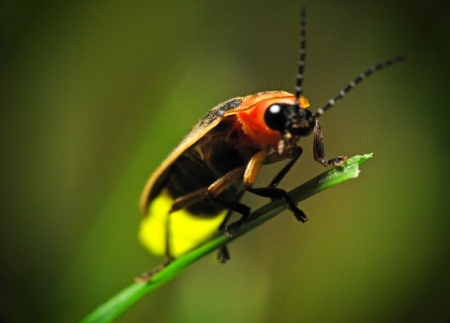



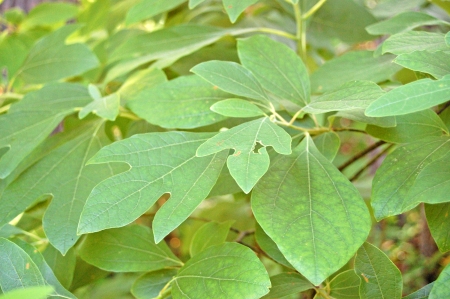
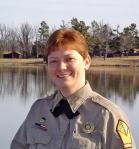
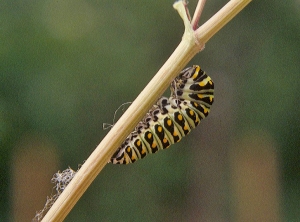




















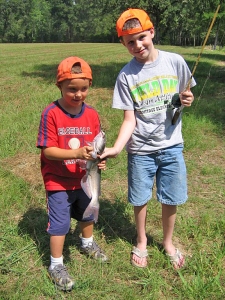


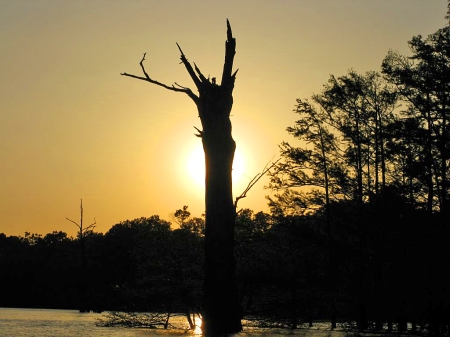






 Facebook
Facebook Twitter
Twitter YouTube
YouTube
